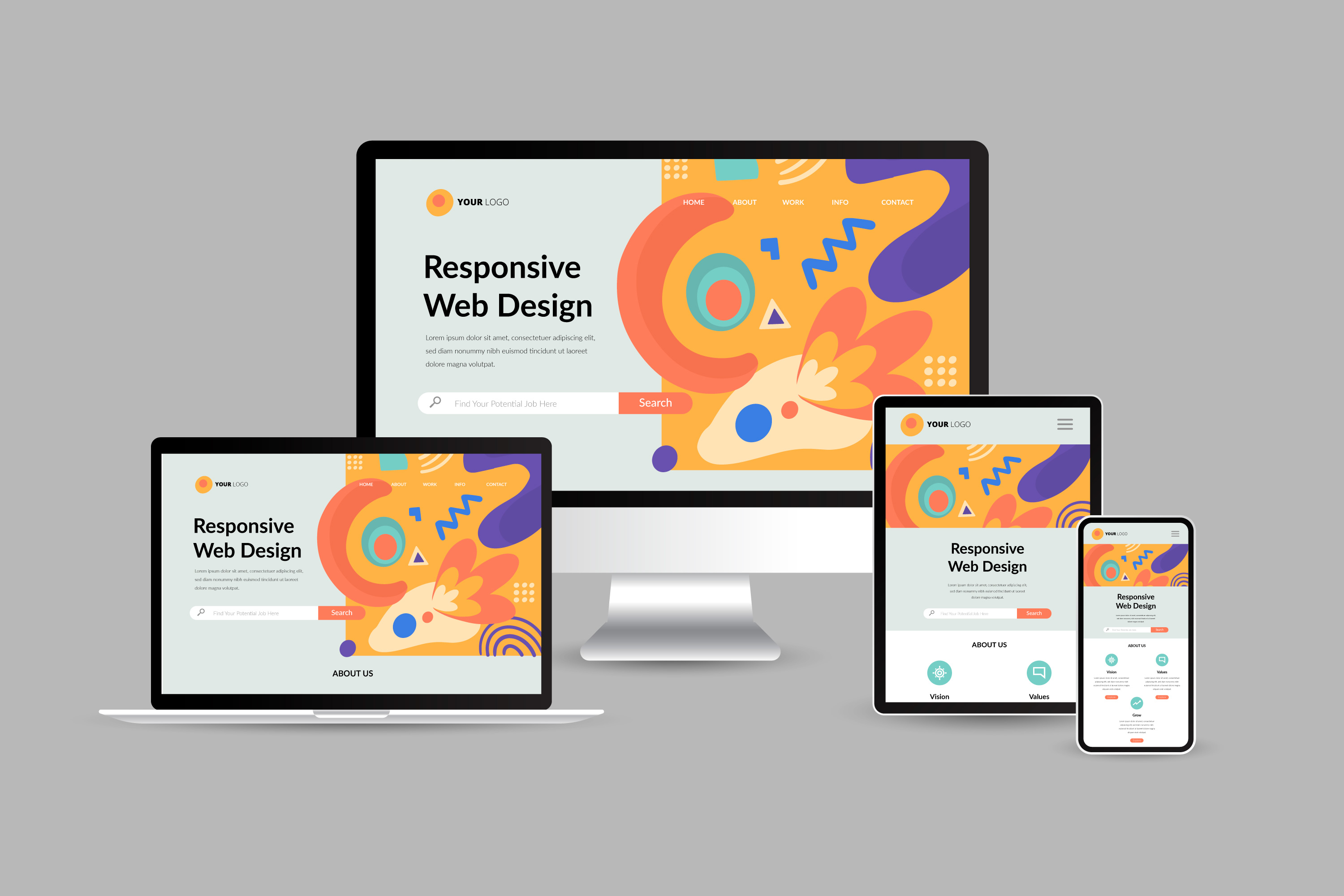Personalized Website Creation Singapore: Tailored Solutions for All Business
Personalized Website Creation Singapore: Tailored Solutions for All Business
Blog Article
Top Trends in Site Design: What You Required to Know
Minimalism, dark mode, and mobile-first techniques are among the essential motifs shaping modern-day layout, each offering special advantages in individual engagement and performance. Furthermore, the emphasis on ease of access and inclusivity underscores the relevance of developing electronic atmospheres that provide to all customers.
Minimalist Style Aesthetics
In recent years, minimalist layout aesthetic appeals have arised as a leading trend in website layout, stressing simpleness and capability. This strategy focuses on necessary web content and eliminates unnecessary components, thereby enhancing user experience. By concentrating on clean lines, adequate white area, and a limited color combination, minimal layouts facilitate easier navigating and quicker lots times, which are crucial in keeping individuals' focus.
The effectiveness of minimalist design lies in its capability to communicate messages plainly and straight. This quality cultivates an instinctive user interface, allowing users to achieve their goals with minimal interruption. Typography plays a considerable function in minimalist design, as the choice of font can evoke specific emotions and guide the user's trip via the web content. The critical usage of visuals, such as high-grade photos or subtle animations, can enhance customer involvement without frustrating the general aesthetic.
As electronic spaces remain to progress, the minimalist layout principle continues to be appropriate, catering to a varied audience. Organizations adopting this fad are commonly perceived as modern-day and user-centric, which can substantially affect brand perception in a progressively competitive market. Eventually, minimalist style visual appeals supply a powerful remedy for effective and attractive website experiences.
Dark Mode Appeal
Welcoming a growing fad among individuals, dark setting has gotten significant popularity in website layout and application interfaces. This style strategy features a mainly dark shade palette, which not just boosts aesthetic charm yet also decreases eye pressure, especially in low-light atmospheres. Customers significantly appreciate the comfort that dark mode provides, resulting in longer engagement times and an even more pleasurable browsing experience.
The fostering of dark mode is also driven by its regarded benefits for battery life on OLED displays, where dark pixels consume less power. This functional benefit, combined with the trendy, contemporary look that dark motifs provide, has led numerous designers to integrate dark setting options into their jobs.
In addition, dark setting can create a sense of depth and focus, accentuating essential components of an internet site or application. web design company singapore. Because of this, brand names leveraging dark setting can boost customer communication and develop a distinctive identification in a crowded marketplace. With the trend continuing to rise, incorporating dark mode into website design is ending up being not just a preference but a basic expectation amongst individuals, making it vital for designers and designers alike to consider this aspect in their projects
Interactive and Immersive Elements
Frequently, developers are including interactive and immersive aspects into sites to enhance user engagement and develop memorable experiences. This pattern responds to the increasing expectation from customers for even more vibrant and individualized interactions. By leveraging attributes such as computer animations, videos, and 3D graphics, sites can attract individuals in, promoting a deeper connection with the material.
Interactive elements, such as tests, polls, and gamified experiences, urge visitors to proactively get involved rather than passively consume details. This engagement not just keeps individuals on the website longer but likewise enhances the likelihood of conversions. Additionally, immersive technologies like digital truth (VIRTUAL REALITY) and enhanced fact (AR) use unique opportunities for services to showcase services and products in this page a much more engaging fashion.
The consolidation of micro-interactions-- tiny, subtle animations that reply to individual activities-- additionally plays a vital duty in site web improving usability. These interactions provide feedback, enhance navigation, and create a sense of fulfillment upon conclusion of tasks. As the electronic landscape continues to develop, the use of interactive and immersive aspects will certainly continue to be a significant focus for designers aiming to create engaging and effective online experiences.
Mobile-First Method
As the occurrence of mobile gadgets remains to rise, embracing a mobile-first technique has ended up being necessary for internet developers intending to enhance individual experience. This technique highlights developing for smart phones before scaling up to larger displays, making certain that the core capability and web content come on one of the most frequently utilized platform.
One of the key benefits of a mobile-first technique is enhanced performance. By concentrating on mobile layout, web sites are streamlined, reducing lots times and boosting navigation. This is particularly critical as customers anticipate fast and receptive experiences on their smart devices and tablets.

Access and Inclusivity
In today's electronic landscape, making sure that sites are available and comprehensive is not simply a finest practice yet an essential requirement for getting to a diverse target market. As the web remains to serve as a key ways of communication and business, it is necessary to recognize the diverse requirements of users, consisting of those with specials needs.
To attain real accessibility, web designers should comply with established guidelines, such as the Internet Web Content Access Standards (WCAG) These standards highlight the importance of supplying text choices for non-text content, making certain keyboard navigability, and keeping a logical material framework. Moreover, comprehensive style techniques extend past conformity; they involve producing a user experience that fits numerous abilities and preferences.
Incorporating features such as flexible message dimensions, color contrast choices, and display viewers compatibility not just enhances functionality for people with handicaps but also enhances the experience for all individuals. Inevitably, prioritizing ease of access and inclusivity fosters a much more fair electronic setting, urging broader participation and engagement. As companies progressively identify the ethical and financial imperatives of inclusivity, incorporating these concepts right into website layout will certainly come to be an indispensable aspect of successful online strategies.
Conclusion

Report this page